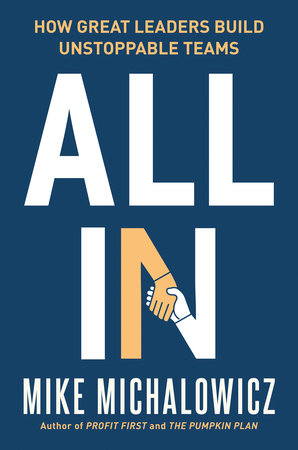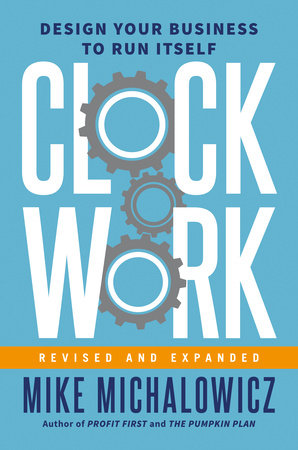Excerpt
Fix This Next
INTRODUCTION“I OWE YOU A BEER!”
The subject line of Dave Rinn’s email caught my attention. I read on.
“I was just sitting here buried. I recently lost one staff member to a lateral move and another is in Hawaii. Instead of three of us carrying the load, I was here alone, crushed under it. We used to just do everything that came our way, but with two people out, it was clear that our approach of putting equal importance on everything wasn’t working. We need to do the right things, not everything. Yet I was feeling paralyzed by the multitude of choices. It was like trying to go down every path at once. I didn’t know what to do next.”
Sitting here buried. Feeling paralyzed. Don’t know what to do next. Yup. That sounds about right. Some business owners feel this way from time to time. Most business owners feel this way all the time. That relentless weight of being buried by all of the problems that need to be fixed affects business owners of every level of experience and success. Whether you just started out or your company is the industry leader, whether you’ve struggled to make payroll or are rolling in profit, that urgent need to fix everything, like now, can cause you to freeze up. Which problem should you tackle first?
Dave runs a successful coaching and cash-management firm. Most days, his solution to overwhelm was an instinctual response: get more people doing more things. Yet when he was down two staff members, he was blessed with the new awareness that not everything is of equal importance. Suddenly, he was dealing with all aspects of his business: intakes, bookkeeping, scheduling coaching calls, making the coaching calls, chasing down data from clients— everything. Down two employees, weak links that were always present were amplified and became crises.
So, why did Dave say he owed me a beer?
“I have always just gone with my gut in the past. I believed that every problem was a problem to be addressed. Every opportunity was an opportunity to be exploited,” Dave explained in a follow‑up phone call. “In moments like these, I would have just gone into ‘fire-extinguisher’ mode and put out the fires that were burning my ass. I would have responded to whoever screamed the loudest. And when the team returned, I would switch from ‘fire-extinguisher’ mode to ‘emergency-dispatcher’ mode. We had the same problems, except now, I told my team which fires to put out. Beholden to the never-ending stream of urgent issues, we had no specific pathway to growth.”
But now, Dave had a secret weapon. A simple tool, not in his toolbox, but printed out and taped to his wall.
“This time, though, I looked over at my wall and saw the tool you gave me last time we met. It reminded me to slow down, step outside instinct, and ask, ‘Okay, instead of doing little bits of everything, what is the one thing I should fix next to move the business forward?’ ”
The tool taped to Dave’s wall is something I call the Fix This Next (FTN) analysis, and I’d given it to Dave as part of a beta- testing group years back. Using it, Dave discovered that he had four issues related to his current problem— wo related to sales and client commitments, and two related to overall efficiency, what I call order. In just minutes, he was able to figure out which problem he had to fix next in order to make progress that sticks, and how to approach it. He quickly identified solutions for handling the systems problem: adjust client commitments and adjust his company’s workflow.
Dave told me, “Just thinking through it was a calming process. I was no longer spinning out of control. I thought, ‘I can handle this. Now I have a pathway.’ It pulled me out of my sense of drowning, and I was able to pause and consider what we were missing and what we could address to fix it.”
“The fix I came up with wasn’t just for the moment,” Dave continued. “It was a realignment of the business so that I could straighten out and not have to go into that buried mode over and over again. The fix helped me now and it will help me next year. I am able to address my business’s current issues in a way that will serve my company’s future. Now, when I find myself questioning what to do, I pause momentarily, evaluate what to address with the FTN analysis, and then find myself back in control and my business moving forward.”








